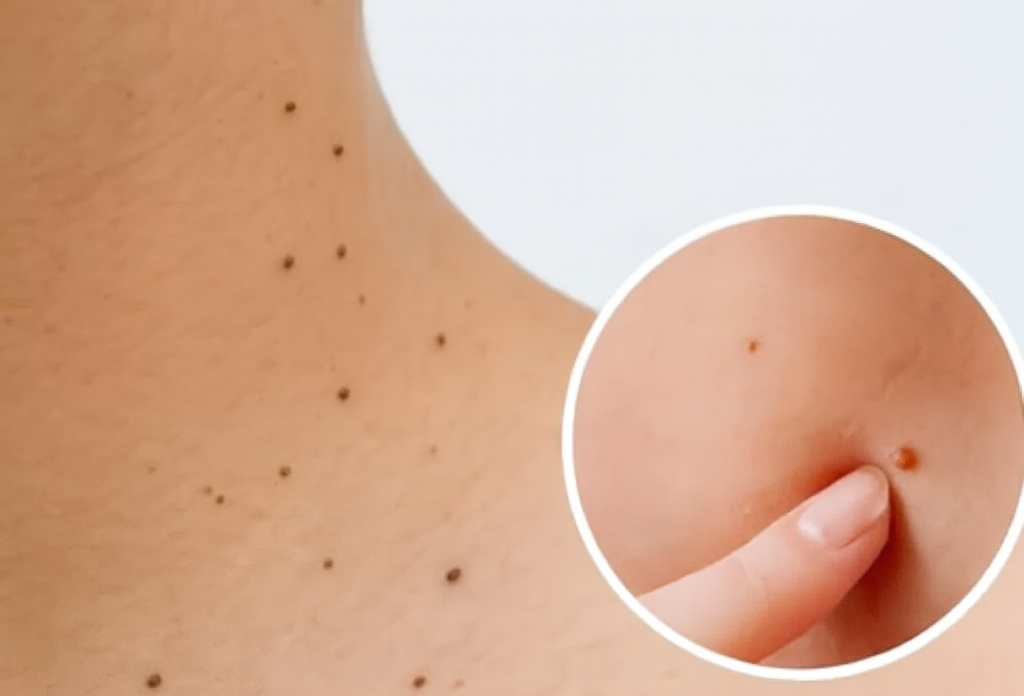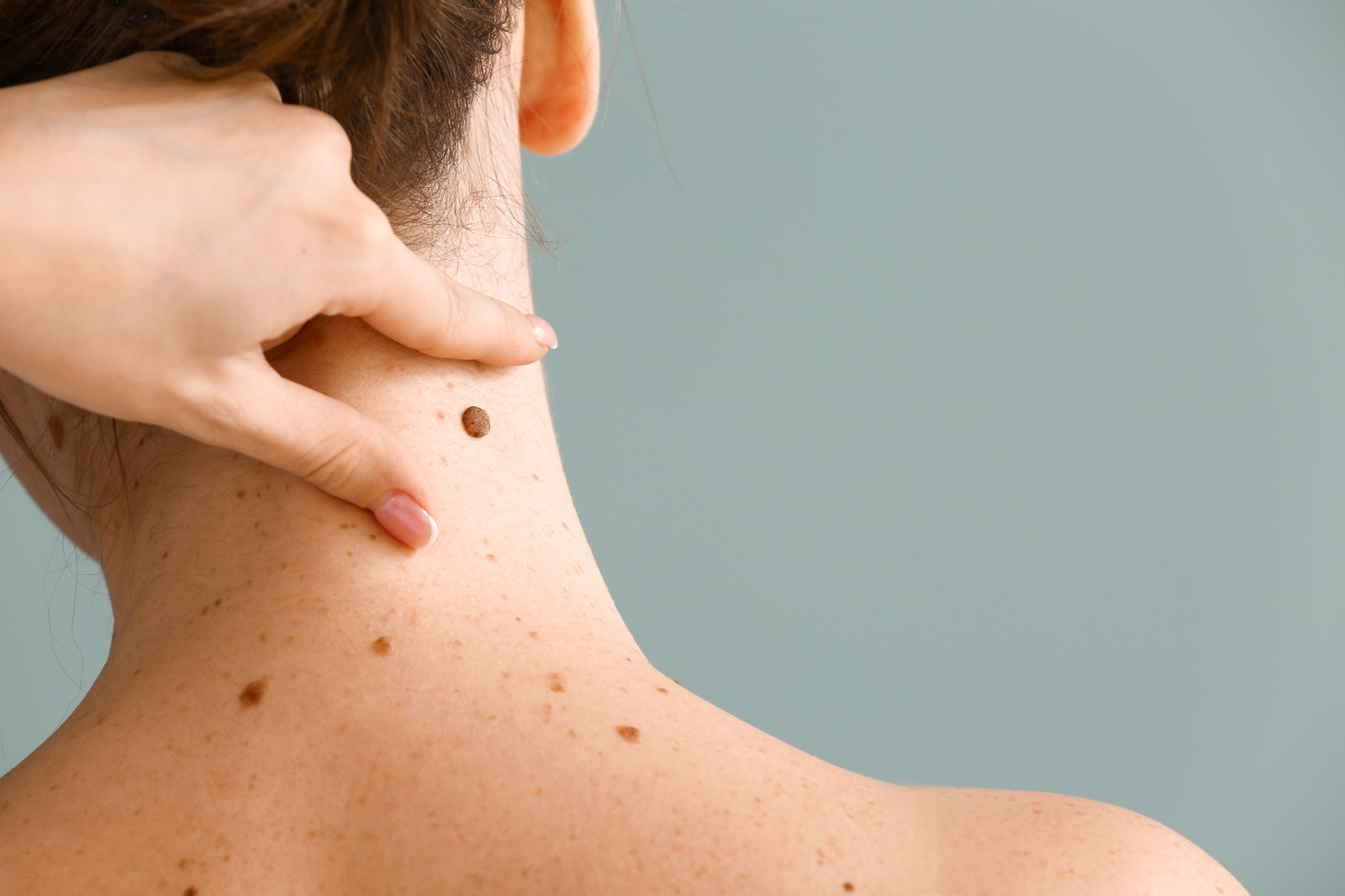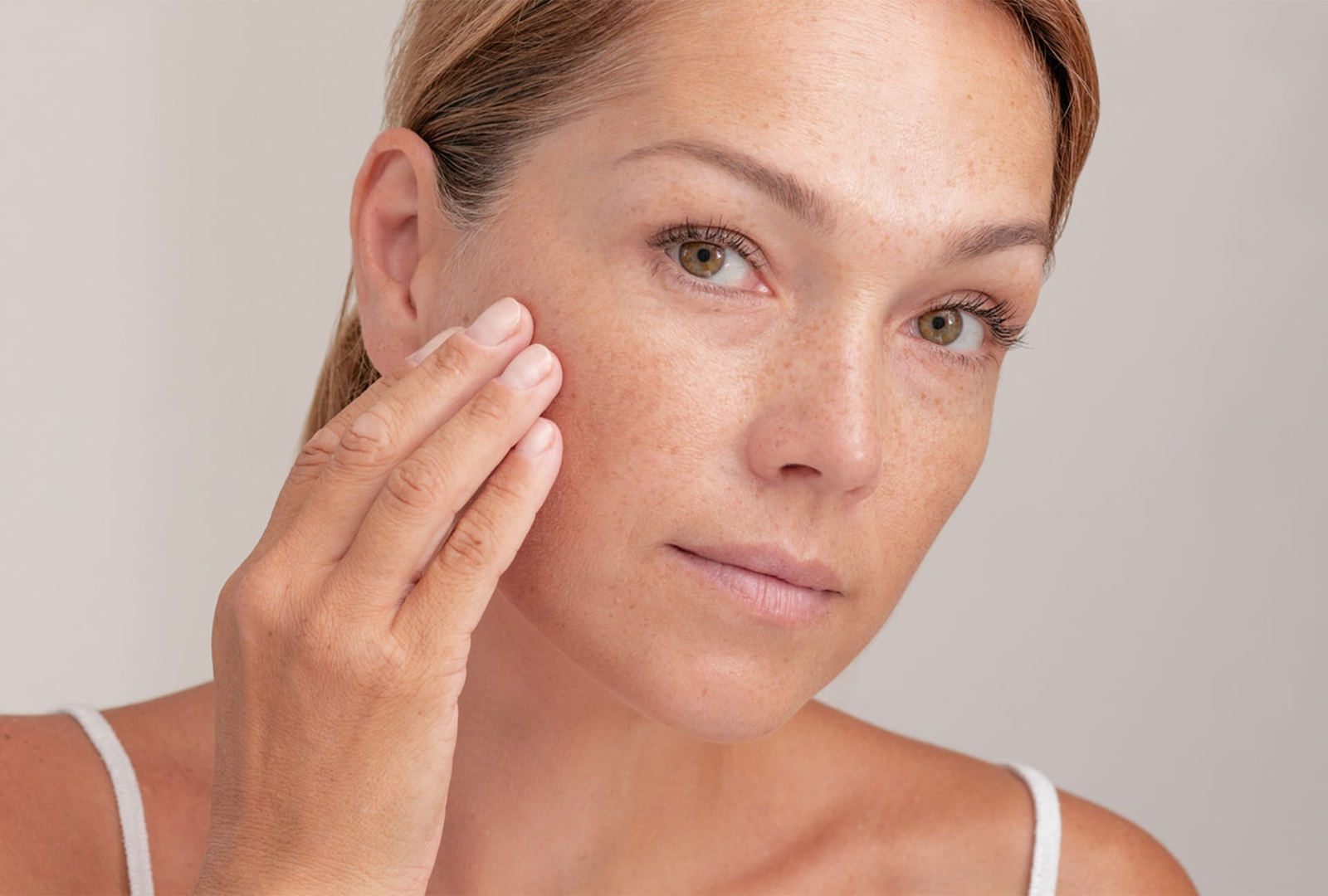We’ve all seen them—small, dark spots on our skin that we casually call “moles.” For most people, they’re just part of their skin’s story. But what if one of those little spots isn’t a mole at all? What if it’s something more dangerous—something your body is quietly warning you about?

Not All Spots Are Harmless
What looks like an ordinary mole could actually be a sign of a precancerous skin condition or even an early form of skin cancer. Among the most overlooked culprits are:
-
Actinic Keratoses (AKs) – rough, scaly patches caused by long-term sun exposure
-
Basal Cell Carcinoma (BCC) – the most common type of skin cancer
-
Squamous Cell Carcinoma (SCC) – a potentially aggressive skin cancer
-
Melanoma – the deadliest form of skin cancer, often mistaken for a normal mole in its early stages
How to Tell If a Spot Might Be More Than a Mole
Moles are usually smooth, symmetrical, and uniform in color. But suspicious spots tend to have one or more of these warning signs:
-
Rough or scaly texture
-
Asymmetrical shape
-
Multiple or changing colors (red, pink, brown, black)
-
Bleeding or crusting
-
Sudden growth or change in appearance
-
Itching, burning, or pain
One common condition, Actinic Keratosis, often appears as a dry or crusty spot that comes and goes. It usually shows up on sun-exposed areas like the face, ears, scalp, neck, and shoulders. While not cancer itself, AK is considered precancerous and may evolve into Squamous Cell Carcinoma if left untreated.

Why You Shouldn’t Ignore “That One Spot”
Just because a spot doesn’t look alarming doesn’t mean it’s safe. Many serious skin conditions begin subtly and silently. Waiting too long to check a suspicious spot can give cancer time to grow and spread.
The earlier a skin abnormality is detected, the easier and more successful the treatment. In fact, when caught early, most skin cancers are highly treatable.
Prevention and Protection
To reduce your risk of dangerous skin conditions, follow these simple steps:
-
Use sunscreen (SPF 30 or higher) every day, even on cloudy days
-
Wear protective clothing, wide-brimmed hats, and sunglasses
-
Avoid tanning beds
-
Limit direct sun exposure between 10 a.m. and 4 p.m.
-
Perform monthly skin self-exams in a well-lit room with a mirror
-
Visit a dermatologist yearly for a full-body skin check

When to See a Doctor
If you notice a new spot, or an existing one that starts to change shape, size, or texture, don’t delay. Schedule an appointment with a dermatologist. It may turn out to be harmless—but if it’s not, catching it early could save your life.
Final Takeaway
Not every spot on your skin is “just a mole.” Some are your body’s way of signaling a deeper issue—one that could lead to serious health consequences if ignored. Listen to your skin. Be proactive, not passive.
If you have even the slightest doubt, get it checked. It’s a small step that could make a life-changing difference.
Disclaimer: Content is provided for informational purposes only and is not intended as a substitute of medical advice. Seek guidance of your doctor regarding your health and medical conditions.


